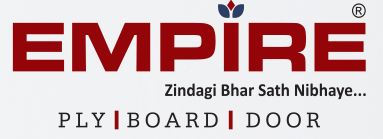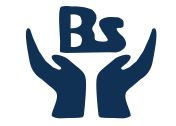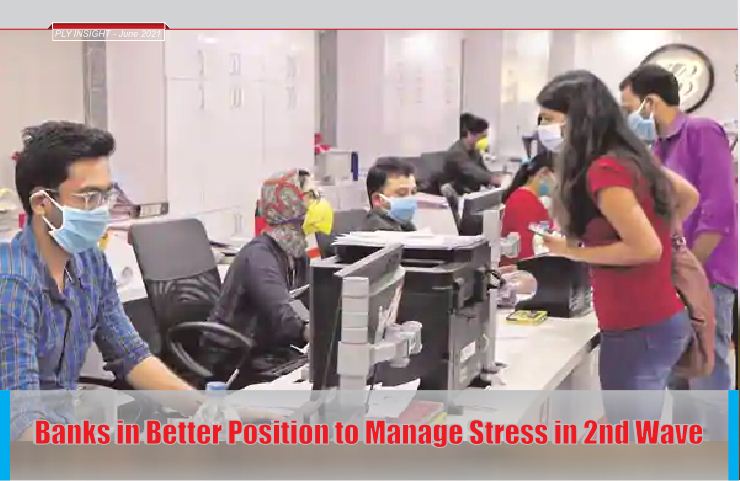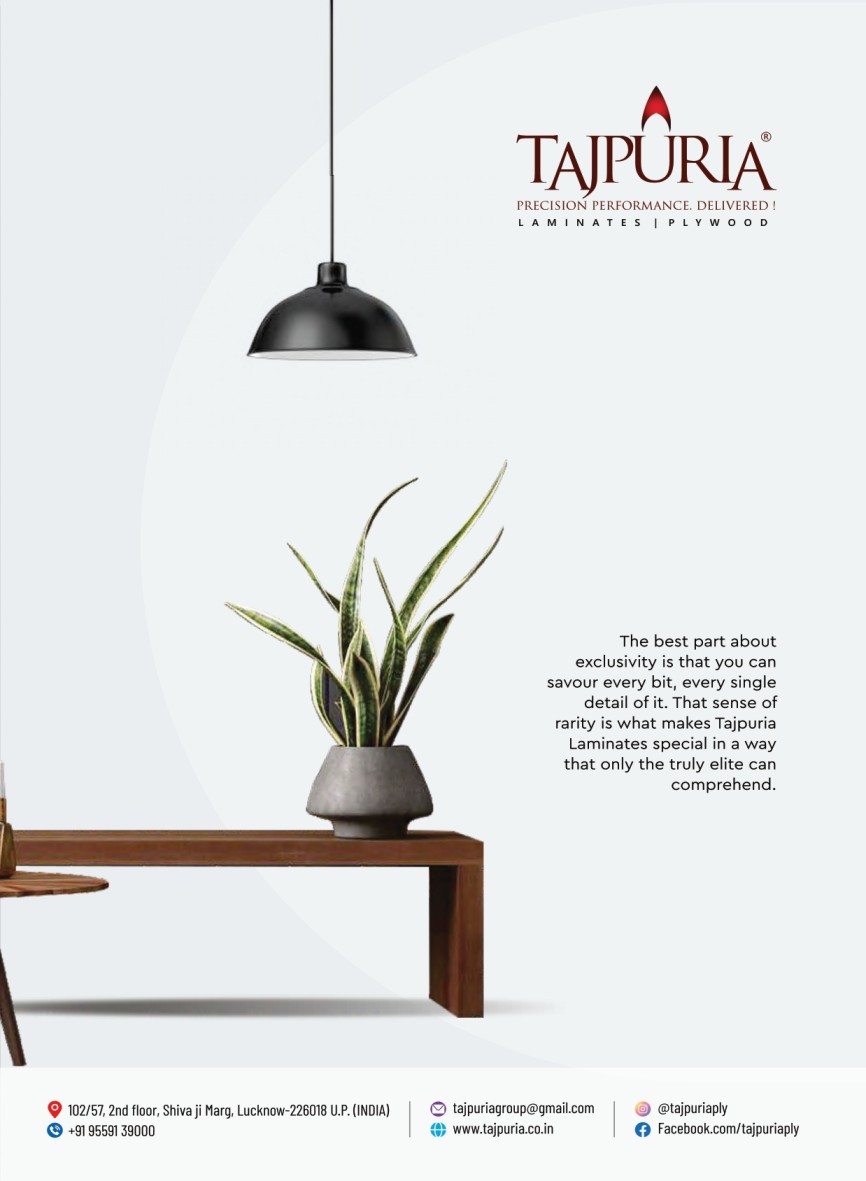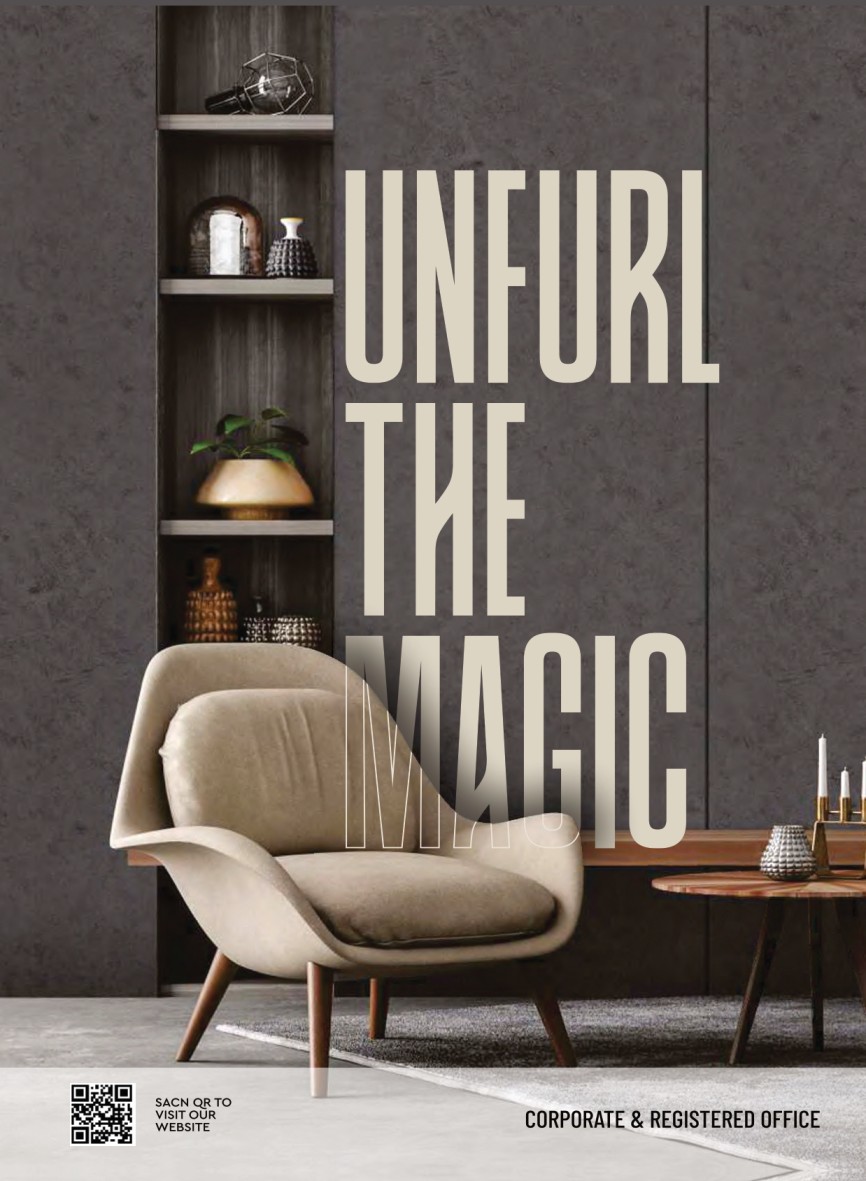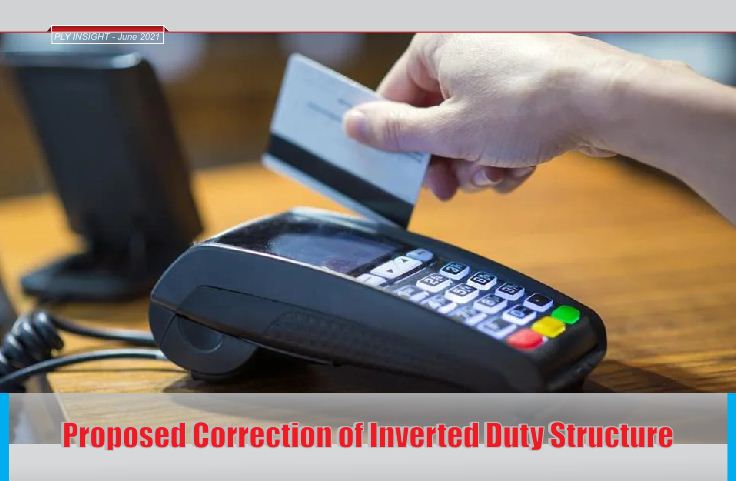
Proposed Correction of Inverted Duty Structure
- June 24, 2021
- 0
An inverted duty structure arises when the GST rate on raw material is higher than that on finished products, resulting in a higher input tax credit (ITC) outflow.
A registered taxpayer can claim refunds of ITC on account of higher tax on input and lower tax on output.
“The inverted tax structure under GST needs to be corrected as it is causing cash flow issues for manufacturers. Moreover, in some cases the accumulated ITC is not even refundable, like for capital goods and input services, even if the rate structure is inverted. The government also suffers because it result in a huge refund outgo,” said a government official. An inverted rate structure makes import more competitive, putting domestic units at a disadvantage, he added.
For example, While footwear of up to Rs. 1,000 falls in the 5 per cent GST bracket, input like the shoe sole, adhesives, and colours are taxed at 18 per percent, resulting in an inverted duty structure. Other inputs like non-woven fabric and leather are taxed at 12 per cent.
This creates a case of unutilized ITC and hence causes refunds.
The decision on correcting the inverted duty structure was deferred in June last year due to the pandemic. The council had in March last year corrected the inverted duty structure on mobile phones and specified parts by hiking the tax rate to 18 per cent from 12 per cent.
In the case of readymade garments, the pre-GST incidence was about 13.2 per cent compared with the current levy of 5 per cent. Fabric has a GST rate of 5 per cent, whereas different types of manmade fibres and yarns are taxed at 18 per cent. Initially the government had not allowed fabric manufacturers to claim ITC refunds, but later relented and allowed it in the July 2018 meeting.
व्युक्त्क्रम (इन्वर्टेड) शुल्क में बदलाव प्रस्तावित
जीएसटी परिशद की बैठक में व्युत्क्रम (इन्वर्टेड) शुल्क ढांचे में बदलाव पर विचार हो सकता है। इसका मकसद कर ढांचे में खामियों को दूर करना और बेजा रिफंड पर रोक लगाना है।
व्युक्त्क्रम शुल्क ढांचे की जरूरत तब होती है जब कच्चे माल पर जीएसटी दर तैयार उत्पाद से ज्यादा हो। ऐसे में ज्यादा इनपुट टैक्स क्रेडिट का दावा किया जाता है। पंजीकृत करदाता कच्चे माल पर ज्यादा और तैयार माल पर कम कर होने पर इनपुट टैक्स के्रडिट का दावा कर सकता है।
एक सरकारी अधिकारी ने कहा, ‘व्युत्क्रम कर ढांचे में सुधार की जरूरत है क्योंकि इससे विनिर्माताओं के पास नकदी की समस्या होती है। कई मामलों में जमा इनपुट टैक्स क्रेडिट रिफंड योग्य नहीं होता है जैसे कि पूंजीगत वस्तुओं और इनपुट सेवाओं के मामले में। इसके साथ ही ज्यादा रिफंड दावे से सरकार को भी समस्या आती है।’ उन्होंने कहा कि व्युक्त्क्रम कर ढांचे से आयात प्रतिस्पर्धी होती है जबकि घरेलू इकाइयों को इससे नुकसान होता है।
उदाहरण के तौर पर, 1,000 रुपये तक कीमत वाली जूते-चप्पल 5 फीसदी जीएसटी दायरे में आते हैं लेकिन इसमें लगने वाली तली, चिपकाने वाली सामग्री, कलर आदि पर 18 फीसदी कर लगता है, जिसकी वजह से यहां व्युत्क्रम कर ढांचा लागू होता है। इसके अलावा चमड़े पर 12 फीसदी कर लगता है।
इससे इनपुट के्रडिट लेना होता है और सरकार को रिफंड जारी करना पड़ता है। शुल्क ढांचे में बदलाव पिछले साल जून में ही किया जाना था लेकिन कोरोना महामारी की वजह से उसे टाल दिया गया था।
सिले-सिलाए परिधानों पर जीएसटी से पहले करीब 13.2 फीसदी कर लगता था जो अब 5 फीसदी लगता है। कपड़ों पर 5 फीसदी जबकि धागे आदि पर 18 फीसदी जीएसटी लगता है। शुरूआत में सरकार ने कपड़ा विनिर्माताओं को इनपुट टैक्स क्रेडिट का दावा करने की अनुमति नहीं दी थी लेकिन जुलाई 2018 में रिफंड की अनुमति दे दी गई।
